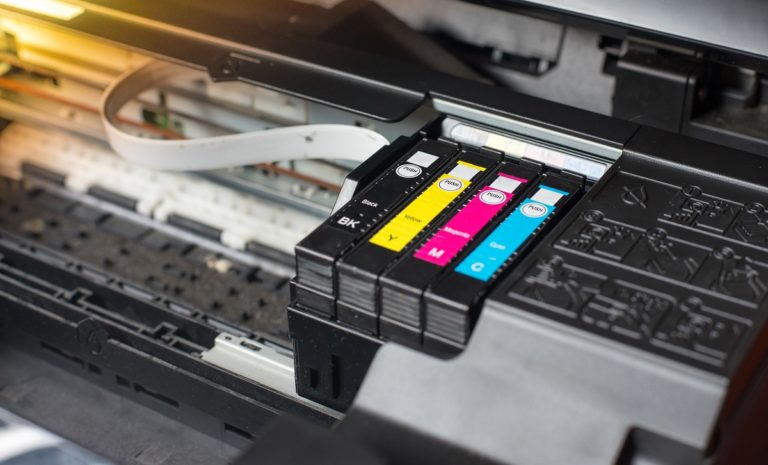A few technologies have been so disruptive as 3D printing, or additive manufacturing. From a layman’s point of view, it’s hard to imagine printing that’s capable of producing something solid. The ability to create a three-dimensional figure from a digital 3D model or a CAD model is simply out-of-this-world. Till now.
The fact is the idea of 3D printing was hatched not by a scientist but a science fiction writer in the 1950s. In his short story “Tools of the Trade”, Raymond F. Jones described the process calling it “molecular spray”. Little did the author from Utah know that his idea will materialize into one life-changing technology.
Then again, you’ll never be able to fathom how powerful a disruptive force 3D printing is if you don’t look into its effect on the industry today. As its potential becomes even more apparent in these applications, it’s expected that numerous companies will be able to implement better business models in the near future. Then it’s safe to say we are but at the dawn of the Golden Age of 3D printing. For now, here’s its current state as maximized by the two foremost industries.
A&D Industry

The Aerospace/Defense Industry is a vast industry. But right from the get-go, it’s eating up as much as 16.8% share of the 3D printing industry which is currently valued at $10.4 billion. A&D is made up of two markets: aerospace which caters to commercial flights (e.g., planes, helicopters) and defense which is geared towards military systems for the protection of the nation. In short, you have commercial airplanes on one hand and fighter jets on the other.
To note, additive manufacturing initially transformed the making of industrial mold. That’s because it’s low-cost and flexible enough to allow you to easily fix issues with your design in a jiffy.
And even today, 3D printing works seamlessly with custom plastic injection molding. With its versatile manufacturing approach, additive manufacturing can produce 3D-printed molds faster and cheaper compared to using pricey molds made of metal. These convenient molds can be used for custom injection molding for low-volume productions.
For its part, custom injection molding is a manufacturer’s hero when it comes to producing mass-produced designs such as all sorts of plastic products for the general population.
As A&D needs highly intricate parts that are produced in relatively low volumes, the industry has benefited a lot from 3D printing. Additive marketing and A&D fits perfectly. By using the tech, complex designs can be implemented without having to invest in pricey equipment.
Plus, the need for super lightweight parts for flight efficiency be it commercial or military has made 3D printing the ideal solution. What’s more, these light parts allowed commercial and government aircraft to save a lot on fuel.
For one, 3D printing is used in the manufacture of rockets faster. Where machining of a rocket part took 3 months via traditional ways, now it takes but 35 hours with additive manufacturing.
Automotive
The same holds true for the automotive industry. Overall, the car manufacturing industry gobbled up about $1.4 billion of the 3D manufacturing business, a number that is expected to rise to $5.8 billion by 2025.
How did additive manufacturing help the automotive industry? Prototyping remains the biggest use for 3D but there’s a lot of car manufacturers who are using it for tooling too.
As 3D printing can easily bring to life designs without using intricate tools, greater flexibility is given to car designers. They can come up with a design and test it right away. Once flaws are seen, they can also easily adjust to make it better.
A case in point is the 3D printed seats used for Porsche sports cars. As designs can be printed and tested right away, the seat designers were able to come up with stunning results.
This gives car manufacturers better options for the market it serves. Car buyers can have a say in the design and it can be incorporated right away allowing more individuality.
For Porsche customers, for instance, they can choose what particular firmness level would be best for them when it comes to their car seat. In a sense, this shows how the sports car industry is closely aligned to motorsports (NASCAR, Indycar).
Think about it. With motorsports, each seat in a competitive race car is driver-specific. It’s individualized. That kind of draw is a useful marketing attraction for sports car enthusiasts. They can, like the race car drivers, have driver-specific seats.
And it’s happening as we speak. Introducing the 3D-printed body form seat by Porsche. What you get is a personalized seat shell that’s built according to your body specifications. It may cost you some more dollars but it’s definitely worth it.



